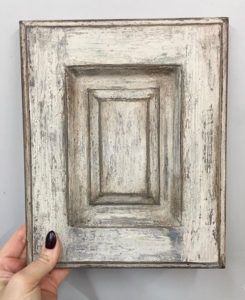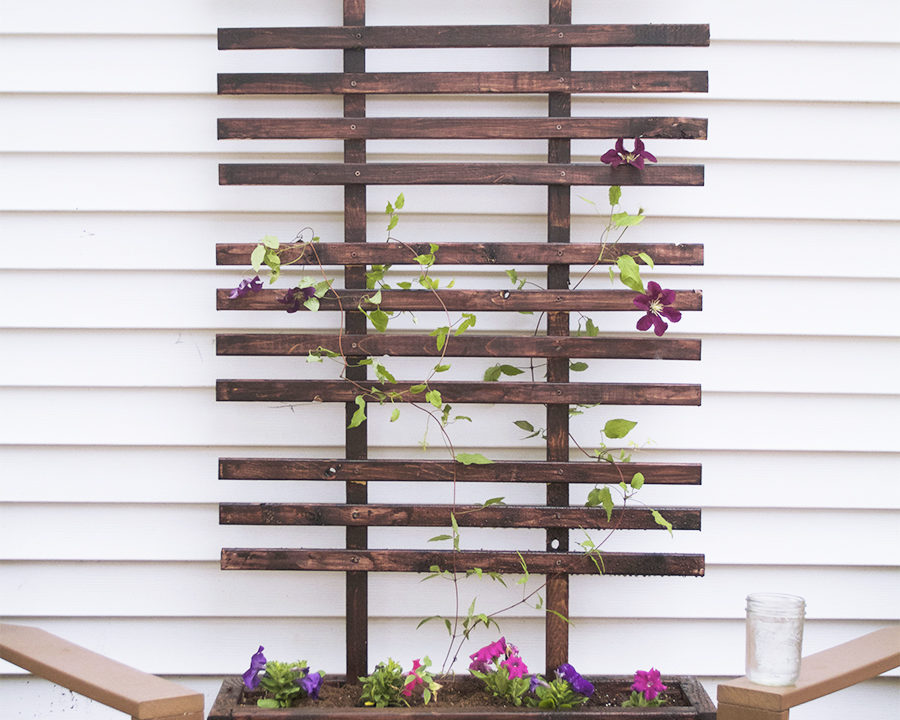Tips for Completing a Faux Finish on Furniture
Nothing lasts forever, and that can be especially true for furniture you’ve had for a long time or new-to-you pieces you’ve picked up secondhand. Interested in perking up pieces to match your décor or extend their life? You can use faux finishes to make an old item seem new or completely change the feel of a tired old workhorse.
And the variety of finishes you can choose from is as vast as your imagination. From farmhouse chic to formal fashions, faux finishes can help you revamp a single piece or an entire set.
Marbleize Your Furniture
Do you have a sturdy wood dining or end table that really does the job but isn’t much to look at? You have the perfect candidate for a piece of furniture that can be given a faux marble finish. For this project, you’ll be better off starting with furniture that’s real wood, not pressboard or thin planks, because you’ll need to do a bit of sanding to get your surface ready to transform.
If you’re only planning to work on one piece, you may consider sanding by hand. If you plan to transform multiple pieces or a whole set, however, you might want to invest in a good quality electric sander. If your furniture has intricate designs carved in, you’ll need a sander that can reach those little nooks and crannies as well.
Once you sand down the original finish on your wood table, you’ll be ready for the two projects that follow: staining the legs and bottom to match any other wood you wish to match that’s already part of your décor, and marbleizing the top. For the top, you’ll be using a paint veneer that, when it dries, looks just like a slab of marble was set on top of your wooden base. And the smooth finish will even feel like the surface of a marble slab!
What Once Was New…
 Can become even older! There’s a vast difference between tired, worn old furniture and antique old furniture. Dissatisfied with how some of your furniture has aged? Instead of trying to make it look new again, consider distressing it further or changing its finish entirely to give it an antique feel.
Can become even older! There’s a vast difference between tired, worn old furniture and antique old furniture. Dissatisfied with how some of your furniture has aged? Instead of trying to make it look new again, consider distressing it further or changing its finish entirely to give it an antique feel.
One note of caution before you begin: If the piece of furniture you’re considering for a faux finish has any structural issues be sure to fix those areas first to make it strong before refinishing. That will be much easier to accomplish before applying your faux finish.
Once your furniture is sturdy, it’s time to choose between a distressed finish and an antiqued finish. For a distressed look, a la shabby chic, you’ll be applying a faux finish that gives the painted veneer the uneven and daintily worn appearance you desire. If you’re beginning with a neutral wood color, you’ll first want to lightly sand so that the veneer can properly adhere to the furniture. If you’re replacing an old finish or paint, you’ll need to more thoroughly sand so the veneer can both adhere to and be seen against the prior finish.
While you’ll want to be sure to fix any instability or major structural issues, you may consider leaving in minor imperfections while fixing or sanding. Those imperfections can up the charm factor for both distressed and antiqued pieces.
Faux Finish Funky
If your style is more eclectic or you are looking to turn a meh piece of furniture into a statement piece, consider going a completely funky route and using an unexpected faux finish on your furniture. Love bright colors? Use them. Have some metal accents you’d love to match? Why not set a completely metallic milieu by using a faux metal finish — a la veneers — on your refinished piece. Not a metalhead? Literally imagine any possible finish and you can use it on your furniture.
Like the other styles of faux finishing, you’ll most often find that wooden furniture refinishes best, after appropriate sanding. With some of the funkier finishes and colors, however, you can also branch out into other material types. Want to spruce up metal chairs or tables? Scrub on them a bit first with steel wool. This will remove any existing finishes or sealants, plus “rough up” the material a bit to allow paint to adhere. And while metal won’t antique or distress like wood, you can use thicker coverage faux finishes to create funkier statement pieces.
Getting Started
First things first. Do you already have furniture on hand to refinish? If not, can you obtain certain pieces in either new or used condition? Next, are you certain which style or styles you’d like to use? How does that fit with the rest of your décor?
And finally, do you have supplies already on hand, like sandpaper or steel wool, to begin your project, or will you need to buy all new items before beginning?
Once you’ve handled these issues, you’re ready to faux finish your furniture!
Shopping List
Ready to faux finish your furniture? Here are some of the items that will help you get the look you’re going for:
Old World Finishing Paint
Stain and Seal
AquaCreme
SetCoat
Crème Activator
Flogger Brush
Badger Brush






1 Comment
when will you be starting classes again?